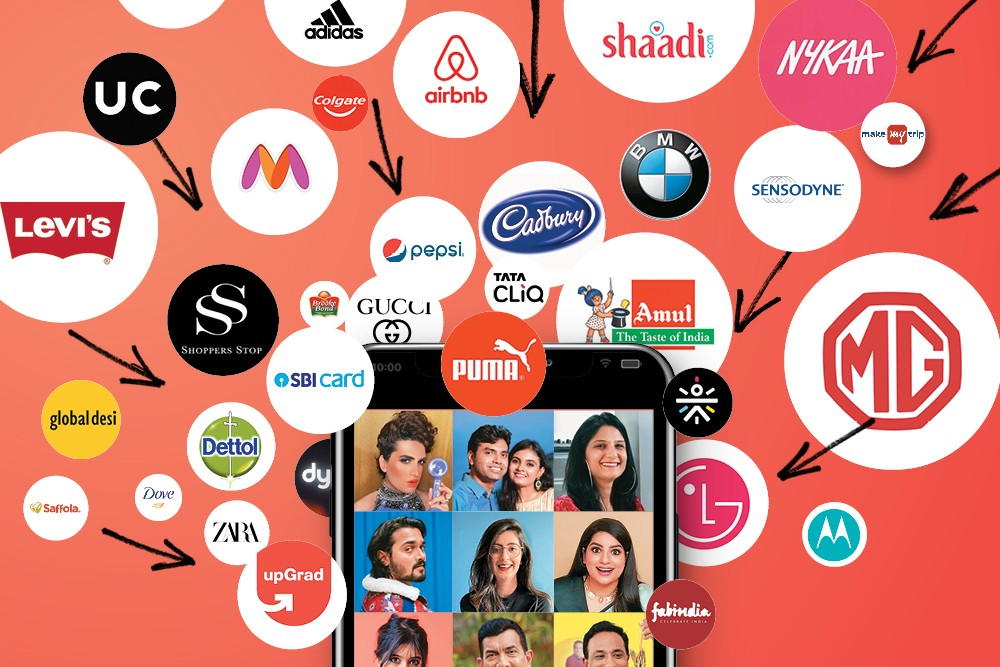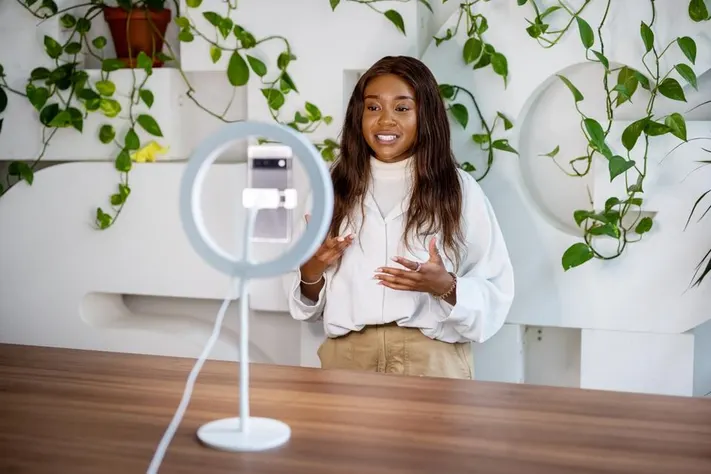In today’s fast-paced digital world, traditional marketing strategies are taking a backseat. Enter the era of influencer marketing—a game-changer that is reshaping how brands connect with consumers. With social media influencers at the forefront, brands now have access to a new wave of creativity and authenticity that resonates deeply with audiences.
Gone are the days when flashy ads ruled the airwaves. Now, it’s all about genuine connections and storytelling. Influencers wield significant power in shaping consumer opinions and driving engagement like never before. Whether it’s through lifestyle blogs, Instagram posts, or TikTok videos, these modern-day trendsetters can make or break a brand’s reputation overnight.
As we dive deeper into this captivating shift in brand promotion tactics, you’ll discover how various types of influencers impact marketing strategies, along with insights into successful collaborations and future trends on the horizon. The influence they hold is profound—are you ready to explore their transformative effect on brand marketing?

Types of Influencers and Their Impact
Influencers come in various shapes and sizes, each with a unique impact on brand marketing.
Mega influencers boast millions of followers, often commanding attention across multiple platforms. Their reach is vast, but engagement may be diluted due to the sheer size of their audience.
On the other hand, micro influencers have smaller followings, typically ranging from 1,000 to 100,000. They cultivate niche communities and enjoy higher engagement rates. Brands benefit by tapping into these dedicated audiences that trust their recommendations.
Nano influencers take this concept further with even fewer followers—often under 1,000—yet they hold immense sway within tightly-knit circles. Their authenticity resonates deeply with consumers.
Celebrity influencers leverage fame for instant recognition but can sometimes feel distant from everyday people. Each type plays a distinct role in shaping consumer perceptions and driving brand promotion through tailored marketing strategies.
Benefits of Using Influencers for Brand Marketing
Utilizing influencers for brand marketing brings a fresh approach to engaging consumers. They have established trust with their followers, making recommendations more impactful than traditional advertising.
They can reach specific audiences effectively. By leveraging niche markets, brands tap into communities that align perfectly with their products or services.
This strategy often leads to higher engagement rates. Influencer content resonates well, sparking conversations and interactions among followers.

Another advantage is the cost-effectiveness of influencer partnerships compared to conventional ad campaigns. Brands can maximize their return on investment while gaining authentic exposure in the digital realm.
Moreover, collaborating with influencers fosters creativity in promotional strategies. It allows brands to present themselves in unique ways that resonate emotionally with potential customers, enhancing overall brand perception.
Case Studies: Successful Examples of Influencer Marketing
- One standout example of successful influencer marketing is the collaboration between Nike and social media influencers. When they launched their “Dream Crazy” campaign, Nike enlisted athletes like Serena Williams and Colin Kaepernick. Their personal stories resonated deeply with audiences, sparking conversations around sportsmanship and perseverance.
- Another impressive case comes from Daniel Wellington, a watch brand that thrived through Instagram partnerships. By sending free watches to influencers worldwide, they encouraged users to showcase the products in creative ways. This strategy led to significant engagement and skyrocketed sales.
- Glossier revolutionized beauty branding by leveraging micro-influencers’ authentic voices on platforms like Instagram. These relatable figures share real-life experiences rather than polished marketing pitches, fostering genuine consumer connections.
These examples highlight how diverse brands can harness influencer power to elevate brand promotion while enhancing consumer engagement in an organic manner.
Challenges and Controversies Surrounding Influencer Marketing
Influencer marketing isn’t without its hurdles. One significant challenge is authenticity. Followers often question whether influencers truly believe in the products they promote or if it’s just a paycheck talking.
Transparency is another major concern. Regulations are tightening around sponsored content, requiring clearer disclosures from influencers about paid partnerships. Brands face backlash when they fail to uphold these standards, impacting their reputation.

Additionally, there’s the risk of influencer burnout. Many social media influencers feel pressured to constantly produce engaging content, which can lead to fatigue and decreased creativity over time. This affects their performance and ultimately brands relying on them for effective promotion.
Fake followers pose a persistent issue in this space. Some influencers inflate their numbers through bots or purchased followers, leading brands to invest in seemingly successful campaigns that yield little real engagement or sales impact.
How Brands Can Effectively Collaborate with Influencers
Brands must first identify the right influencers who align with their values and target audience. Research is key—an influencer’s engagement rates often matter more than their follower count.
Next, establish clear objectives for the collaboration. Are you aiming to boost brand awareness, drive sales, or enhance consumer engagement? Defining your goals will shape the partnership.
Open communication fosters creativity. Share your vision but allow them creative freedom to craft authentic content that resonates with their followers. Authenticity is essential in influencer marketing; audiences can easily spot insincerity.
Compensation should reflect the value of the influencer’s contribution. This could be monetary or through product exchanges, depending on reach and impact.
Track results meticulously. Use metrics like engagement rates and conversion statistics to assess effectiveness and refine future strategies based on what works best for both parties involved in this dynamic digital landscape.
The Future of Influencer Marketing
The future of influencer marketing is evolving rapidly. As technology advances, brands will harness new tools to identify and collaborate with the right social media influencers.
AI-driven analytics are set to play a central role in this evolution. Brands can analyze audience engagement and preferences more accurately than ever before.
Micro-influencers will continue gaining traction. Their authentic connections with niche audiences drive higher engagement rates, making them valuable partners for brand promotion.

Video content remains king, pushing influencers towards platforms like TikTok and Instagram Reels for storytelling that captivates viewers quickly.
Transparency and authenticity are becoming essential as consumers demand genuine interactions. Influencer partnerships must reflect true alignment with audience values to enhance consumer trust.
With rising trends in virtual reality (VR) and augmented reality (AR), brands might explore immersive experiences through influencer-led campaigns, creating deeper consumer engagement opportunities that were once unimaginable.
Conclusion
The landscape of brand marketing is rapidly evolving, with influencers at the forefront of this transformation. Their ability to connect authentically with audiences makes them invaluable allies in digital marketing. As brands continue to explore innovative marketing strategies, harnessing the power of social media influencers will become increasingly essential.
By understanding the types of influencers and their unique impact on consumer engagement, brands can tailor their approaches effectively. The benefits are clear: heightened visibility, improved trustworthiness, and a more engaged audience. Successful case studies illustrate how well-executed influencer partnerships can drive significant results for brand promotion.
However, navigating challenges such as authenticity concerns and transparency issues is crucial for maintaining credibility in influencer marketing. Brands must also focus on creating meaningful collaborations that resonate with their target demographic.
As we look ahead, it’s evident that influencer marketing will remain a key component of successful brand strategies. Embracing this trend could very well be what sets brands apart in an increasingly crowded market space.
Stay tuned for more such content, only on QAWire
